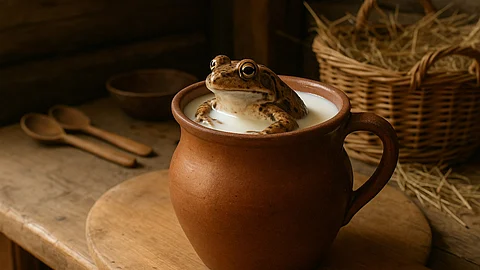References:
1. Samgina, T. Yu., Vorontsov, E. A, et al. “Composition and Antimicrobial Activity of the Skin Peptidome of Russian Brown Frog Rana Temporaria.” Journal of Proteome Research 11, no. 12 (November 5, 2012): 6213–22. Accessed July 22, 2025. https://doi.org/10.1021/pr300890m.
2. Mangoni, Maria Luisa, Maisetta Giuseppantonio, et al. “Comparative Analysis of the Bactericidal Activities of Amphibian Peptide Analogues Against Multidrug-Resistant Nosocomial Bacterial Strains.” Antimicrobial Agents and Chemotherapy 52, no. 1 (October 22, 2007): 85–91. Accessed July 22, 2025. https://doi.org/10.1128/aac.00796-07.
3. Harris, Charlie. “Some Interesting Facts About Silver or Why Are Some Baby Bottles & Nipples Made of Silver.” Bottles and Extras, 2009. Accessed July 22, 2025.https://www.fohbc.org/wp-content/uploads/2013/01/BabyBottlesSilver_BE_JanFeb2009.pdf.
4. Huyen, Tran Thi, Phan Thi Hoang Anh, et al. “An Overview Bioactive Compounds on the Skin of Frogs (Anura).” Fisheries and Aquatic Sciences 26, no. 4 (April 1, 2023): 241–55. Accessed July 22, 2025. https://doi.org/10.47853/fas.2023.e21.
5. Center for Veterinary Medicine. “So You Think You Want a Pet Reptile or Amphibian?” U.S. Food And Drug Administration, December 15, 2023. Accessed July 22, 2025. https://www.fda.gov/animal-veterinary/animal-health-literacy/so-you-think-you-want-pet-reptile-or-amphibian.
(Rh/Pooja Bansal/MSM/SE)


